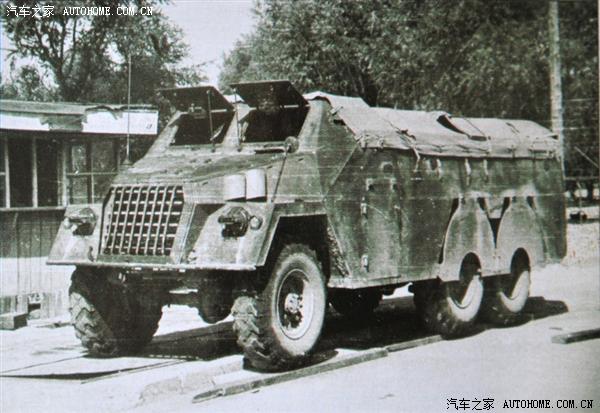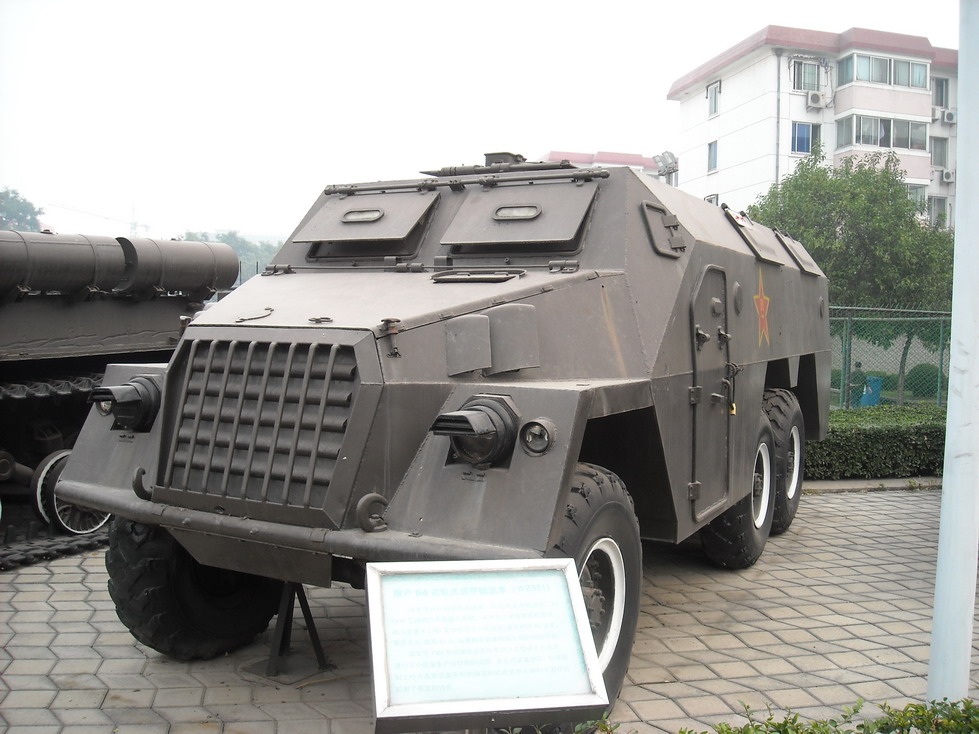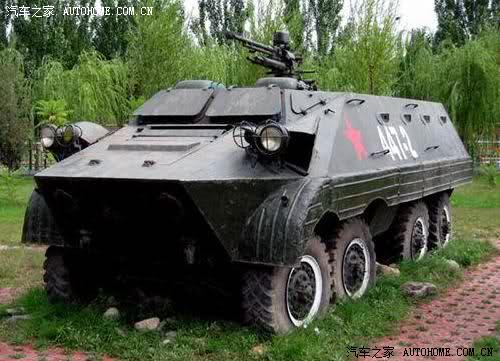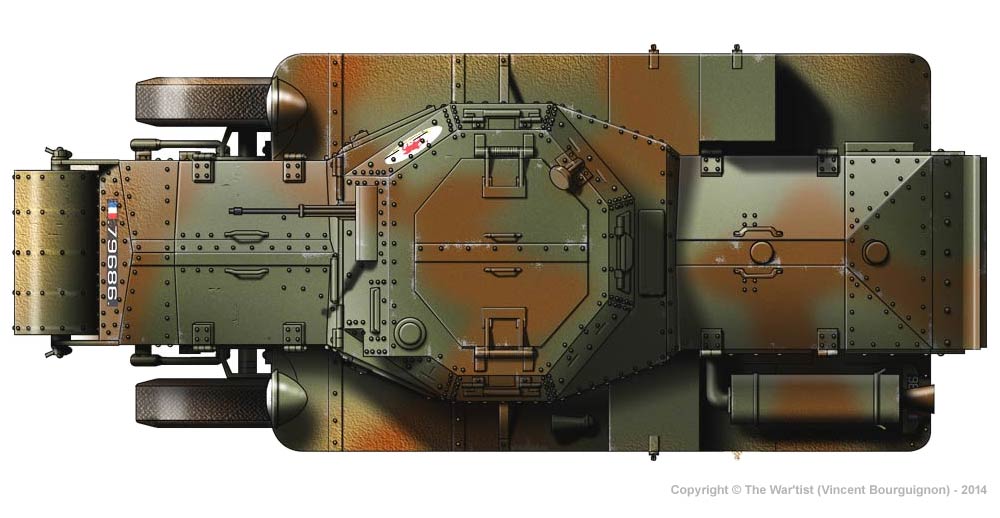How to install the app on iOS
Follow along with the video below to see how to install our site as a web app on your home screen.
Note: This feature may not be available in some browsers.
You are using an out of date browser. It may not display this or other websites correctly.
You should upgrade or use an alternative browser.
You should upgrade or use an alternative browser.
APCs,Anti tank tracked & wheeled systems
- Thread starter Manticore
- Start date
UkroTurk
BANNED

- Joined
- May 7, 2015
- Messages
- 3,610
- Reaction score
- -1
- Country
- Location

Totally creative platform from Kazakhstan.
2b Vasilek AutoMortar on BMP1
82mm Vasilek Auto Mortar star of the DonBass War,
Because every day almost 300 rounds are being fired.
Automic per minute 100 fire.
long range and cheap ammo.
Last edited:
Penguin
ELITE MEMBER

- Joined
- Jan 11, 2009
- Messages
- 13,047
- Reaction score
- 56
Presumably, the ERA tiles are a local modification? I can understand why one would come up with such a modification (RPG, ATGW). However, during dismounted troop movement, ERA would be a hazard to infantry. Would SLAT armor or stand-off applique armor not be a better option?Donetsk People's Republic.
vostok
PDF THINK TANK: ANALYST

- Joined
- Jun 23, 2013
- Messages
- 10,291
- Reaction score
- 27
- Country
- Location
This is an experiment. This BMP was not in battle yet. Let's see what happens.Presumably, the ERA tiles are a local modification? I can understand why one would come up with such a modification (RPG, ATGW). However, during dismounted troop movement, ERA would be a hazard to infantry. Would SLAT armor or stand-off applique armor not be a better option?
Penguin
ELITE MEMBER

- Joined
- Jan 11, 2009
- Messages
- 13,047
- Reaction score
- 56
Islamic Front BMP-1 with ERA taken from at least two T-72AVsThis is an experiment. This BMP was not in battle yet. Let's see what happens.

The BMP-1 modified was destroyed shortly after the first photo was taken. Unsurprisingly, the Kontakt-1 tiles did not save the vehicle.

While this seems like an effective way to reinforce the BMP-1's paper thin armour, which can even be penetrated by heavy machine guns, applying ERA on any BMP-1 or BMP-2 actually achieves the opposite. Namely, tests conducted by the Soviets showed that the explosion of the Kontakt-1 shattered the thin hull armour of the BMP-1 and would actually inflict heavy injuries to those inside.
Text from: http://spioenkop.blogspot.nl/2015/01/onwards-to-front-syrias-bmps.html (more there)
vostok
PDF THINK TANK: ANALYST

- Joined
- Jun 23, 2013
- Messages
- 10,291
- Reaction score
- 27
- Country
- Location
Donetsk gunsmiths attach a dynamical system on a special mounting, so that at a detonation armor do not bend inward. Even on the sides. At least, so they say.Islamic Front BMP-1 with ERA taken from at least two T-72AVs

The BMP-1 modified was destroyed shortly after the first photo was taken. Unsurprisingly, the Kontakt-1 tiles did not save the vehicle.

While this seems like an effective way to reinforce the BMP-1's paper thin armour, which can even be penetrated by heavy machine guns, applying ERA on any BMP-1 or BMP-2 actually achieves the opposite. Namely, tests conducted by the Soviets showed that the explosion of the Kontakt-1 shattered the thin hull armour of the BMP-1 and would actually inflict heavy injuries to those inside.
Text from: http://spioenkop.blogspot.nl/2015/01/onwards-to-front-syrias-bmps.html (more there)
Penguin
ELITE MEMBER

- Joined
- Jan 11, 2009
- Messages
- 13,047
- Reaction score
- 56
http://below-the-turret-ring.blogspot.nl/2016/04/explosive-reactive-armor-some-history.htmlExplosive Reactive Armor (ERA) is a type of modern special armor. ERA is formed by using one or multiple layers of high explosive between armor plates.
The working mechanism of the most common types of ERA follows a very simple design. A layer of high explosives is sandwiched between two metal plates, together this is forming a reactive element. When being penetrated by a shaped charge jet or another projectile, the high explosives will detonate and propell the two metal plates into opposing directions. This has two effects: more mass (metal) is moved into the path of the projectile and the converse movement of the metal plates will have a disrupting effect on the projectile, shattering the shaped charge jet.
To properly work however, the reactive element has to be inclined in relation to the penetration path of the shaped charge jet.
ERA has in general a number of drawbacks:
The Soviet Union was the second country to adopt explosive reactive armor in form of their Kontakt ERA, which was first introduced in 1984. In most forms Kontakt ERA uses two reactive elements, although there might have been versions with just one reactive element. The reactive elements are located in rather small boxes (314 x 148 mm base area) with three milimeter thick steel walls. The reactive sandwich with the designation 4S20 consists of a 2 mm thick steel plate, a 7 mm thick explosive and a 2 mm thick steel plate. A Kontakt ERA tile with two reactive sandwich plates has a weight of 5.7 kilograms without attachment bolts. About 151 tiles are used for a tank (although the number varies depending on tank type and surface area).
- ERA is expended after one hit, leaving an exposed area on the tanks surface
- ERA can be detonated by precursor charges and other projectiles
- most types of ERA don't provide protection against tandem charge ammunition
- fragments from ERA are spread over a larger area, increasing collateral damage
Kontakt-1 ERA tile showing the arrangement of the two elements.
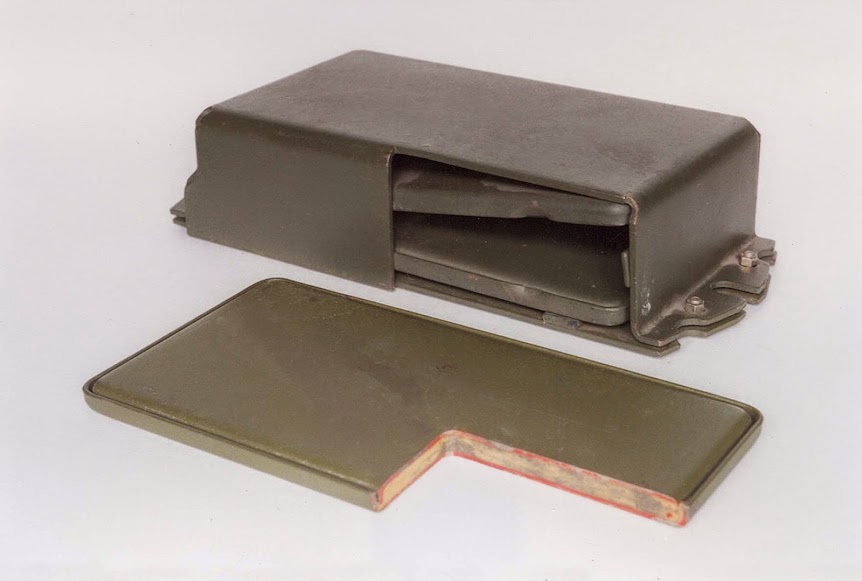
Just like Blazer, the original Kontakt ERA did not provide any protection against armor-piercing ammunition and used insensitve explosives in order to prevent the detonation by small arms fire.
According to Russian sources, Kontakt ERA provides protection equivalent to up to 400 mm rolled steel armor (RHA) when hit by single-stage shaped charge warheads. Unlike Blazer, Kontakt provides protection at a greater amount of angles, because of the use of two reactive elements aligned at different angles. The smaller size of the Kontakt tiles is also favorable.
Penguin
ELITE MEMBER

- Joined
- Jan 11, 2009
- Messages
- 13,047
- Reaction score
- 56
Keep us posted?Donetsk gunsmiths attach a dynamical system on a special mounting, so that at a detonation armor do not bend inward. Even on the sides. At least, so they say.
Similar threads
- Replies
- 0
- Views
- 1K
- Replies
- 37
- Views
- 4K
- Replies
- 1
- Views
- 123
- Replies
- 0
- Views
- 2K



